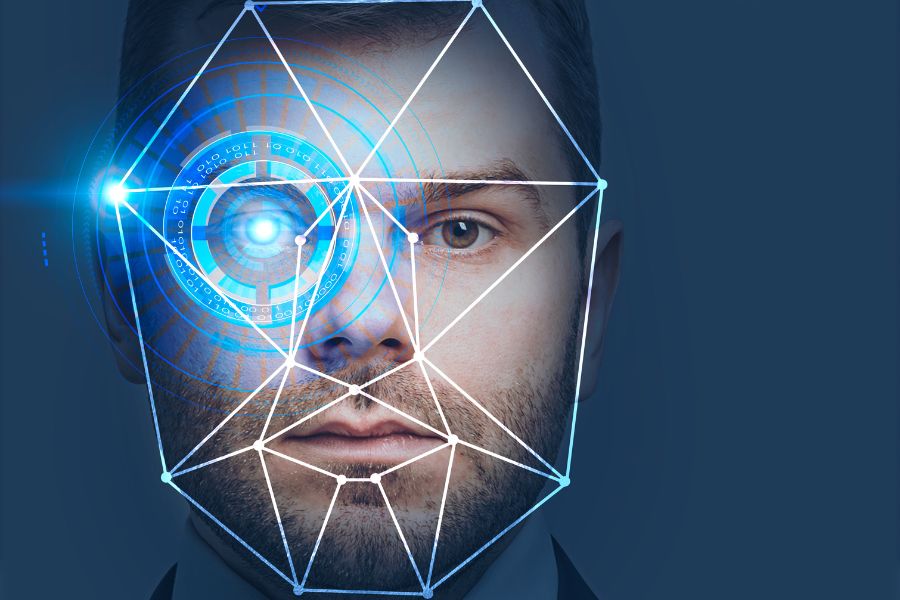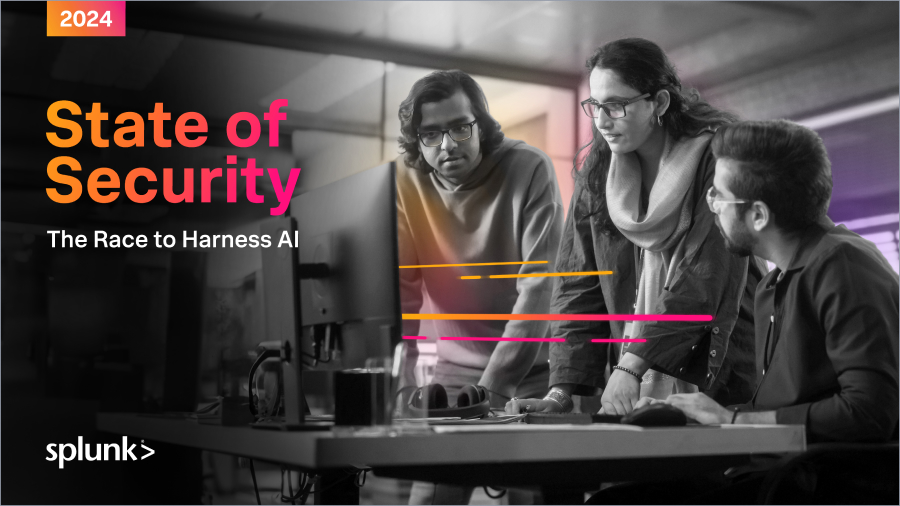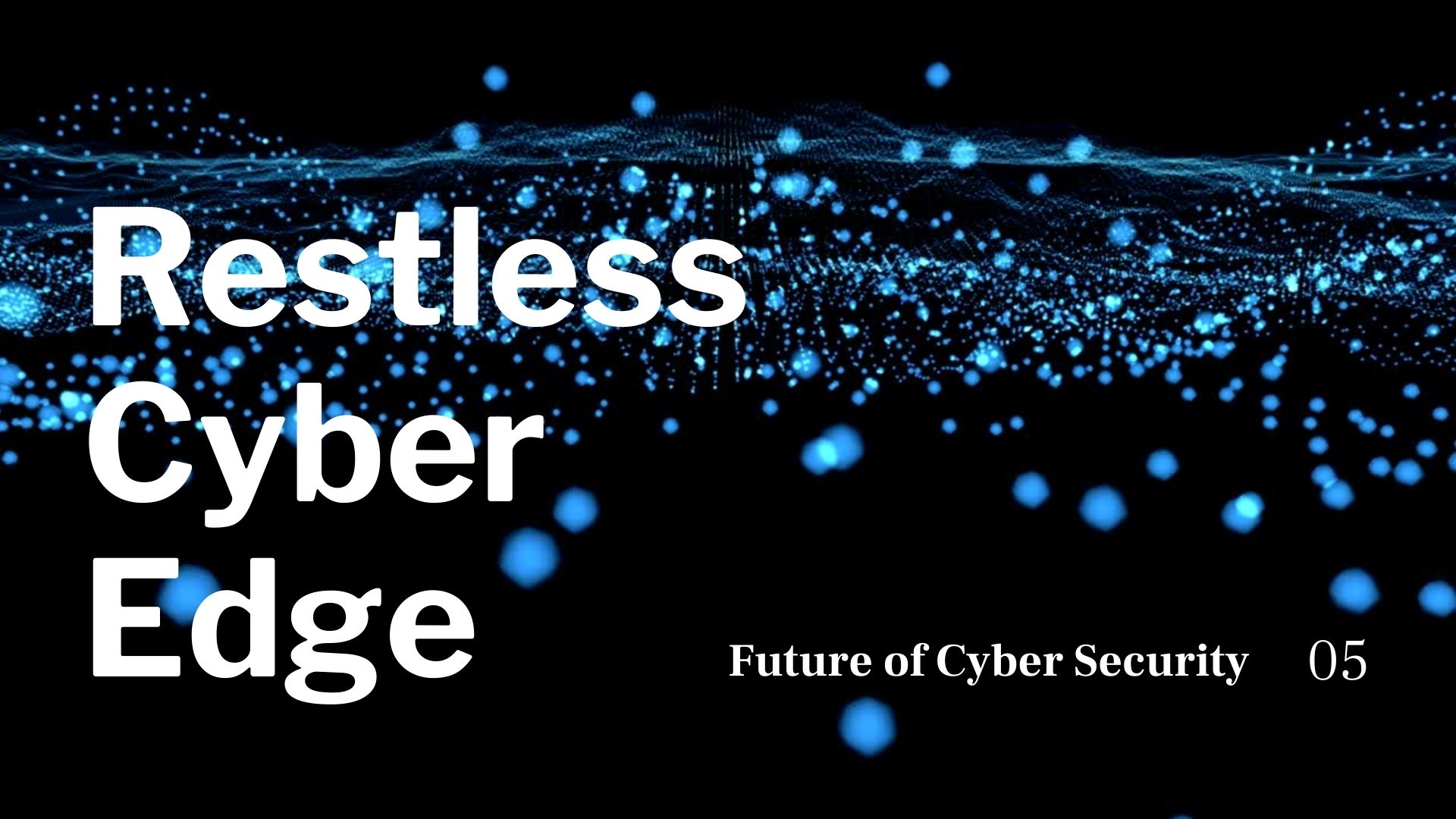Top security concerns behind speech AI (And How They’re Addressed)
April 5, 2025, 5 min read
Artificial Intelligence (AI) has progressed unbelievably in speech technology, driving virtual assistants, customer support robots, and real-time transcription services. As much as these technologies increase convenience and ease of access, they also present important security and privacy issues.
Voice AI systems deal with enormous volumes of data, both personal and sensitive. Therefore, businesses and users need to know the security threats involved in speech AI and how they are being addressed. This article examines the most critical security threats of speech AI and measures developers, businesses, and regulators are taking to address them.
Data Collection and Privacy Threats
One of the strongest concerns related to speech AI is voice data collection and storage. Most AI devices are in an “always-listening” state, constantly scanning surrounding noise for activation prompts(e.g., “Hey Siri” or “Okay Google”). This has important privacy implications.
For instance, reflect on how text-to-speech (TTS) technology has evolved. Though originally created to benefit people with visual impairments, its use in many different AI systems today means that not only are voice commands being captured, but the possibility of AI creating human-sounding voice from text data is also there. This raises privacy issues further, as there is a greater possibility of abusing synthetic voice data.
- Unintended Recordings: AI voice assistants have been found to trigger inadvertently and record personal conversations, occasionally sending them to the wrong recipients.
- Third-Party Access: A few AI vendors resell user data to third-party advertisers, which raises the risk of abuse. That is not only limited to verbal commands but also the resulting speech output from TTS systems, which might disclose sensitive personal data.
- Storage and Retention Policies: Most businesses retain voice recordings to enhance their AI models, but users themselves might not fully know how long their data is being stored for or how exactly it is utilized. This is particularly problematic with TTS, where the resultant speech, sourced from possibly sensitive textual input, is also being stored and processed.
How This Concern Is Addressed
- End-to-End Encryption: Firms are using encryption to protect voice data from the beginning to the end of the processing process. This is essential in both spoken commands and text data that is synthesized into speech through TTS.
- User Control Choices: Users can delete voice recordings stored and control privacy settings in AI voice assistants. Users also require control over the storage and deletion of text inputs for TTS and the resultant synthesized speech output.
- Regulations and Compliance: Laws like the General Data Protection Regulation (GDPR) and the California Consumer Privacy Act (CCPA) require tighter controls on data gathering and user consent. The regulations are being applied more and more to voice data and the text inputs and outputs of TTS systems.
Unauthorized Access and Data Breaches
Voice data is sensitive and stored by Speech AI systems, which makes it a target for cybercriminals. Should it be compromised, hackers can obtain personal information, account credentials, or voice samples for malicious purposes. Threats include:
- Identity Theft: Compromised voice data used to impersonate people for fraudulent use.
- Account Takeovers: Some services enable voice authentication, and stolen recordings could provide unauthorized access to bank accounts or home appliances.
- Corporate Espionage: Companies adopting AI-driven meeting transcription services are exposing themselves to the risk of sensitive information leakages.
How This Issue Is Being Solved
- Multi-Factor Authentication (MFA): Companies are also adding layers of security apart from voice recognition, like passwords or biometric authentication.
- Anonymization of Data: Speech data is anonymized to remove personally identifiable information and reduce risks during breaches.
- Periodic Security Audits: Organisations often perform periodic audits on their AI setups for security threats and security protocols.
Voice Spoofing and Deepfake Threats
Deepfake technology allows for the production of hyper-realistic synthetic voices. While this has thrilling uses in entertainment and content creation, it also presents significant security threats:
- Scam Calls and Fraud: Scammers can spoof individuals to carry out scams, like convincing family members to send money.
- Political and Social Manipulation: Deepfake audio can be utilized to produce deceptive content, which can damage reputations or sway public opinion.
- Bypassing Voice Verification: Certain security systems use voice verification, which deepfakes can presumably dupe.
How This Issue Is Being Resolved
- Liveness Detection: AI models are being trained to identify if a voice is from an active speaker or from a recorded audio.
- AI Deepfake Detection Software: Deepfakes are being detected using algorithms by researchers.
- Public Awareness Campaigns: Informing users of the dangers of deepfake scams will enable them to identify and shun fraudulent activities.
Lack of Transparency and Ethical Issues
As AI voice technology advances, there are increasing worries about how these systems operate, whether they are biased, and what the implications are for users being informed about their data usage. Some of the ethical concerns are:
- Lack of Disclosure: Some companies utilize AI voices without disclosing to customers that they are actually communicating with a machine.
- Bias in AI Models: When speech recognition models are trained on small data sets, they can have difficulties with particular accents or dialects, resulting in discriminatory results.
- User Consent Issues: Users can be unaware that their voice information is being captured or utilized for training AI models.
How This Concern Is Addressed
- AI Ethics Guidelines: Organizations are formulating an ethical framework for deploying AI, guaranteeing transparency and impartiality.
- Bias Mitigation Strategies: AI training data sets are being diversified to enhance accuracy across various demographics.
- Clear Disclosure Policies: Organizations are increasingly being asked to disclose when an AI-generated voice is being utilized.
Regulatory and Legal Challenges
Regulations around AI voice technology are constantly developing, with lawmakers playing catch-up to keep up with quick advancements. Legal challenges include:
- Jurisdictional Issues: AI voice data frequently transverses across borders, and enforcement of privacy laws is thus complicated.
- Lack of Standardized Regulations: There is no single standard regulating voice technology, creating variability in compliance standards.
- Legal Responsibility: When an AI voice system makes a mistake, causing money or reputational loss, liability can be difficult to determine.
How This Issue Is Addressed
- Global AI Regulations: Governments and global bodies are endeavoring to harmonize international regulations on AI.
- Self-Regulation: Many companies are taking steps voluntarily to implement tighter data protection measures in order to preserve user trust.
- AI Governance Frameworks: Regulators are establishing guidelines to ensure responsible AI use.
Conclusion
Speech AI contains numerous benefits, from making speech more accessible to improving efficiency in several industries. However, its uptake entails high security and privacy concerns that must be addressed to render AI safe and ethical.
Fortunately, companies and regulators are working actively to improve security practices, institute data protection laws, and notify users of potential risks.
By adopting encryption, multi-factor authentication, ethical AI practices, and open policies, the industry can steer clear of these threats while continuing to innovate.




























